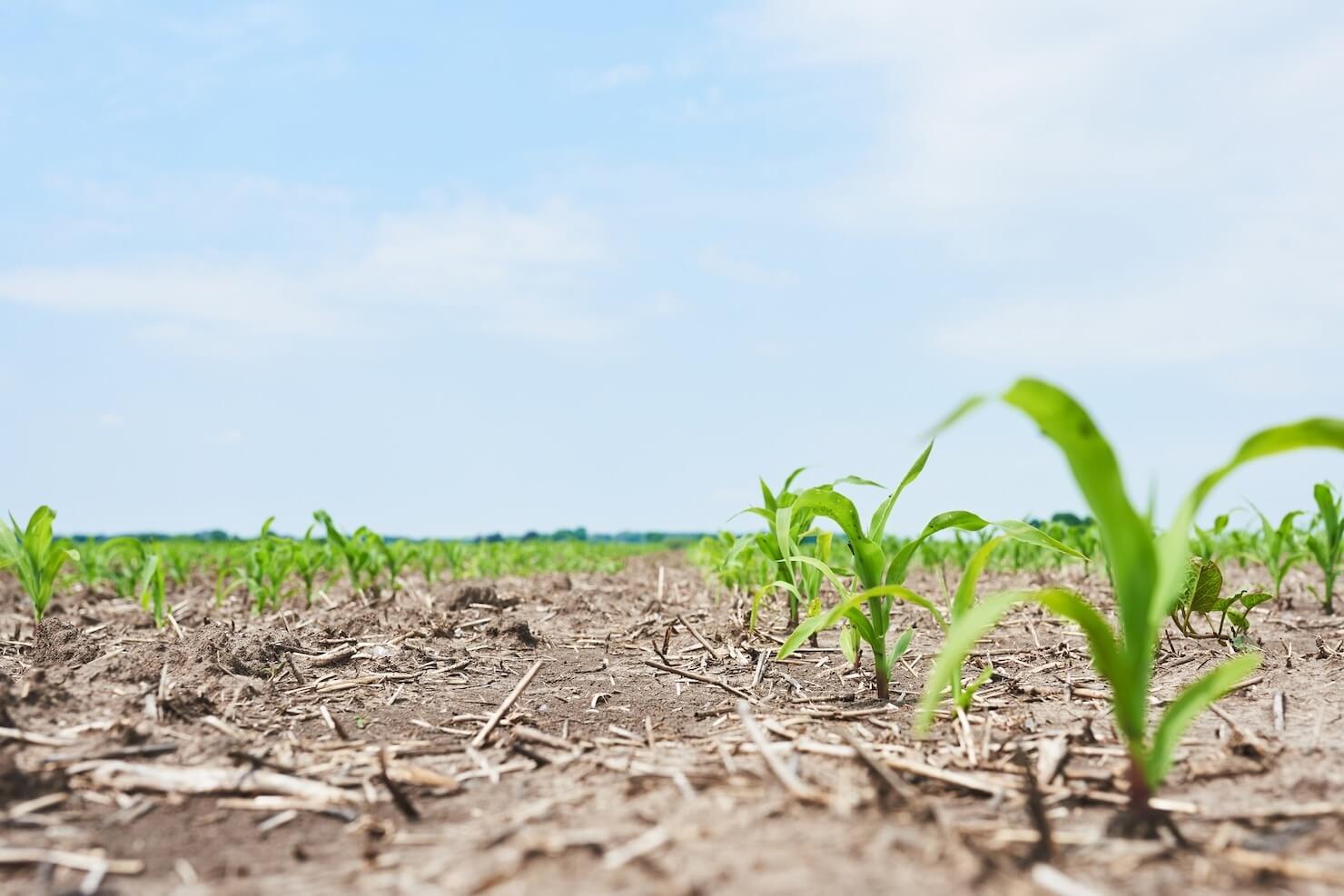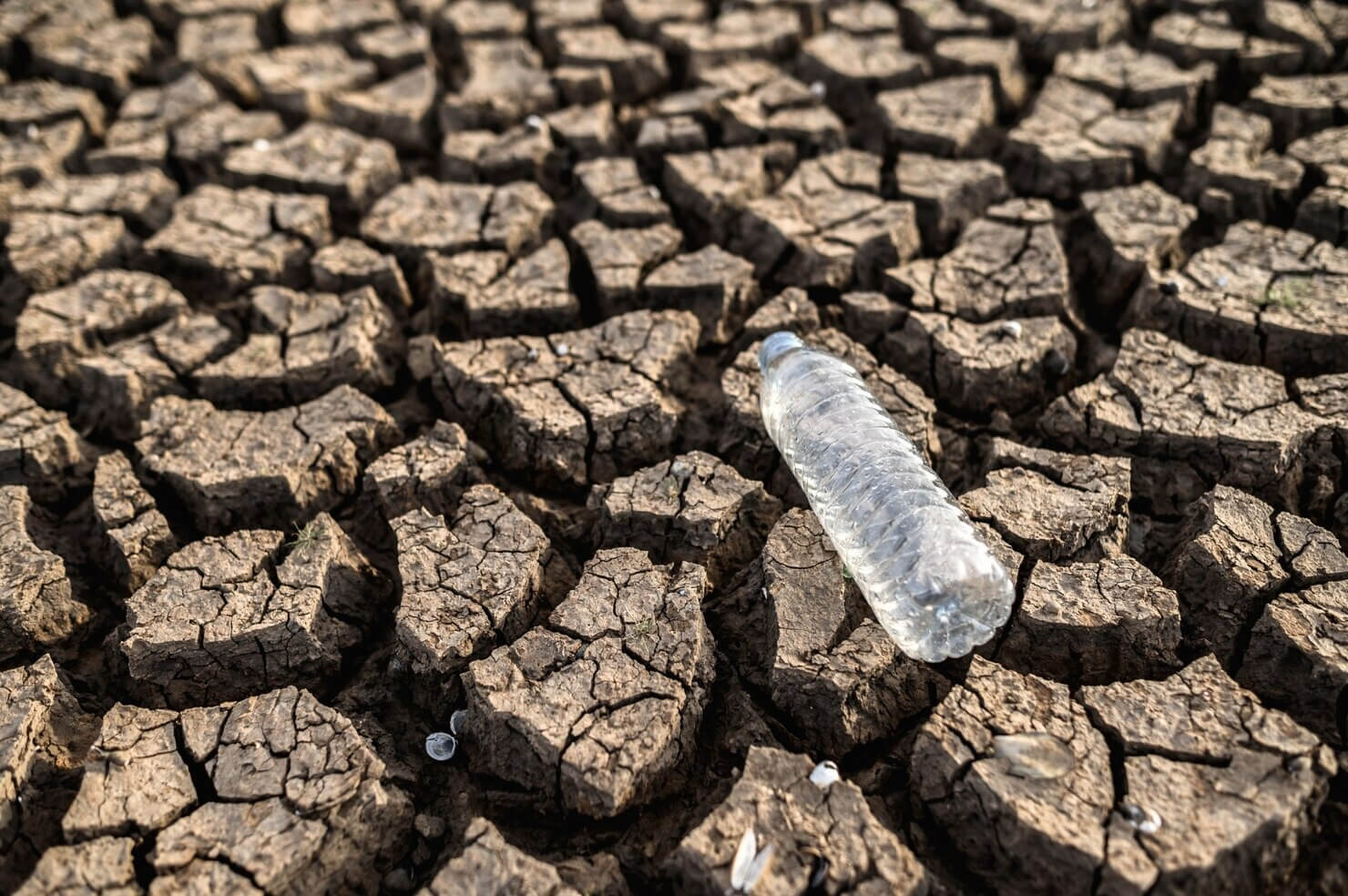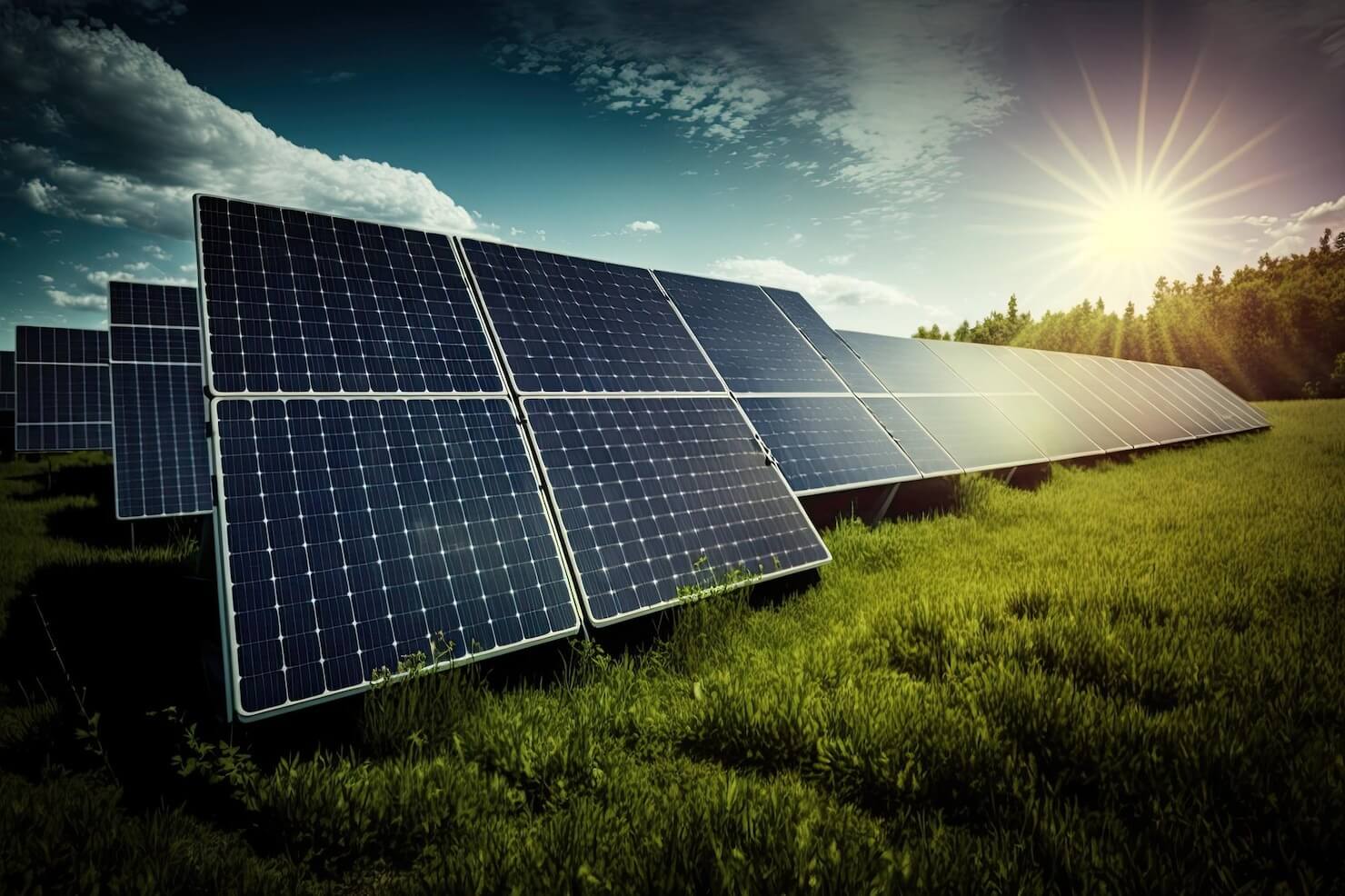Climate change is no longer a distant threat but a present-day reality affecting every aspect of life, including health, well-being, and daily routines. As global temperatures rise and extreme weather events become more frequent, individuals and communities must adapt to new environmental conditions. The effects of climate change on health and lifestyle are far-reaching, with impacts on physical health, mental well-being, food security, and access to essential resources.
This article explores how climate change is influencing human health and lifestyle choices, and offers tips on how to adapt to a changing world to maintain a healthier, more sustainable lifestyle.
1. Climate Change and Physical Health: Direct and Indirect Effects

The direct health impacts of climate change include heatwaves, floods, and storms, which can lead to physical injuries, heatstroke, and even death in extreme cases. Rising temperatures also exacerbate respiratory and cardiovascular issues, particularly in vulnerable populations like the elderly, children, and those with pre-existing health conditions.
- Heatwaves: Prolonged exposure to high temperatures increases the risk of heat exhaustion, dehydration, and heatstroke. Urban areas, known for the “urban heat island” effect, are especially prone to deadly heatwaves.
- Respiratory Issues: Air quality deteriorates as temperatures rise, increasing the prevalence of respiratory diseases like asthma and chronic obstructive pulmonary disease (COPD). Higher levels of airborne allergens and pollution also worsen respiratory conditions.
- Vector-Borne Diseases: Climate change is expanding the habitats of disease-carrying organisms like mosquitoes and ticks, which transmit illnesses like malaria, dengue, and Lyme disease.
Adaptation Tip: Stay informed about local air quality and weather conditions. On high-temperature days, reduce outdoor activities, wear light clothing, stay hydrated, and use air conditioning or fans to keep cool.
2. Mental Health and Climate Change: The Rise of Eco-Anxiety

Climate change is contributing to a growing mental health crisis, with terms like “eco-anxiety” becoming more common. Eco-anxiety refers to the chronic fear of environmental doom, which is linked to feelings of powerlessness, stress, and depression over the state of the planet.
- Natural Disasters: Extreme weather events like hurricanes, floods, and wildfires not only cause physical damage but also result in psychological trauma for those affected. The loss of homes, livelihoods, and communities can lead to long-term mental health challenges, including post-traumatic stress disorder (PTSD) and depression.
- Chronic Stress: The slow but inevitable changes brought by climate change, such as rising sea levels and droughts, create a persistent state of stress for people living in affected regions. This chronic stress can lead to burnout, anxiety, and feelings of hopelessness.
Adaptation Tip: Building emotional resilience is essential for coping with the psychological effects of climate change. Engage in activities that promote mindfulness, community support, and environmental activism to regain a sense of control.
3. Food Security and Nutrition: A Changing Agricultural Landscape

Climate change significantly impacts food production and availability. Droughts, floods, and shifting weather patterns disrupt traditional agricultural practices, leading to food shortages, price hikes, and reduced nutritional quality of crops.
- Decreased Crop Yields: Extreme weather conditions, such as heatwaves and heavy rainfall, disrupt planting and harvesting cycles, leading to decreased crop yields. Staple crops like wheat, rice, and corn are especially vulnerable to these changes.
- Nutritional Quality: Studies suggest that rising levels of CO2 in the atmosphere may reduce the nutrient content of crops, decreasing essential vitamins and minerals like zinc, iron, and protein.
- Food Insecurity: As crop yields diminish and food prices rise, more people, particularly in low-income communities, experience food insecurity, lacking access to sufficient, safe, and nutritious food.
Adaptation Tip: Support sustainable farming practices, such as organic agriculture and regenerative farming, which help mitigate the effects of climate change. At an individual level, prioritize a diverse, plant-rich diet to ensure nutritional adequacy despite potential food shortages.
4. Water Scarcity and Its Health Implications

Climate change affects the availability of fresh water, with droughts and water shortages becoming more frequent. Reduced access to clean water exacerbates sanitation issues, increases the spread of waterborne diseases, and limits the availability of water for drinking, agriculture, and industrial use.
- Droughts: Droughts disrupt the supply of fresh water, leading to conflicts over water resources and putting millions of people at risk of dehydration and food shortages.
- Waterborne Diseases: Contaminated water sources increase the risk of diseases such as cholera, dysentery, and giardiasis. Poor sanitation in drought-stricken areas also contributes to the spread of infections.
- Agriculture and Water Use: Agricultural water use accounts for a large portion of global water consumption, and droughts limit irrigation, affecting food production and causing further food security issues.
Adaptation Tip: Conserve water by adopting water-saving techniques at home and supporting policies that promote efficient water use in agriculture and industry. Rainwater harvesting and greywater recycling can also be effective strategies for water conservation.
5. Adapting Lifestyle Habits to a Changing Environment

As the environment changes, so must our lifestyle choices. Living sustainably and minimizing your carbon footprint can help mitigate the effects of climate change and protect your health. Small changes in daily habits can have a big impact on both personal well-being and the environment.
- Energy Consumption: Reducing energy consumption by using energy-efficient appliances, switching to renewable energy sources, and minimizing unnecessary electricity use can lower your carbon footprint.
- Transportation: Opting for greener modes of transportation, such as biking, walking, carpooling, or using electric vehicles, can reduce emissions and improve air quality.
- Sustainable Diet: Eating a plant-based diet rich in fruits, vegetables, and whole grains is not only healthier but also more sustainable. Plant-based diets require less water and produce fewer emissions than meat-heavy diets.
Adaptation Tip: Evaluate your carbon footprint and make adjustments in areas like energy use, transportation, and diet. Small steps, such as reducing meat consumption or switching to renewable energy, can make a significant difference.
6. Strengthening Community and Global Efforts
Individual efforts alone won’t be enough to combat the effects of climate change. Community-based solutions and global cooperation are essential for creating meaningful change. Grassroots movements, local government initiatives, and international agreements can help build climate-resilient communities.
- Community Resilience: Local governments and organizations can develop climate adaptation plans to address issues like flood management, food security, and disaster preparedness. Involving local communities in decision-making ensures that solutions are relevant and effective.
- Global Cooperation: International climate agreements, such as the Paris Agreement, play a critical role in reducing global emissions and promoting sustainable development. Continued advocacy for stronger environmental policies is crucial for protecting health and the environment.
Adaptation Tip: Get involved in local and global climate action efforts by supporting environmental organizations, participating in sustainability initiatives, and advocating for stronger climate policies.
Frequently Asked Questions (FAQs)
Q1: How does climate change affect human health?
Climate change affects human health through direct impacts like heatwaves, floods, and storms, and indirect impacts such as worsening air quality, spreading vector-borne diseases, and exacerbating food and water insecurity.
Q2: What is eco-anxiety?
Eco-anxiety is a form of chronic stress or fear related to environmental doom, climate change, and the future of the planet. It can manifest as feelings of helplessness, depression, and anxiety over environmental issues.
Q3: How can I reduce my carbon footprint?
You can reduce your carbon footprint by conserving energy, using renewable energy sources, opting for sustainable transportation, reducing meat consumption, and supporting eco-friendly products and practices.
Q4: How does climate change impact food security?
Climate change affects food security by disrupting agricultural production through extreme weather events, altering growing seasons, and reducing crop yields. It also affects the nutritional quality of food.
Q5: How can communities adapt to climate change?
Communities can adapt to climate change by developing climate resilience plans, supporting sustainable agriculture, conserving water resources, and strengthening infrastructure to withstand extreme weather events.




